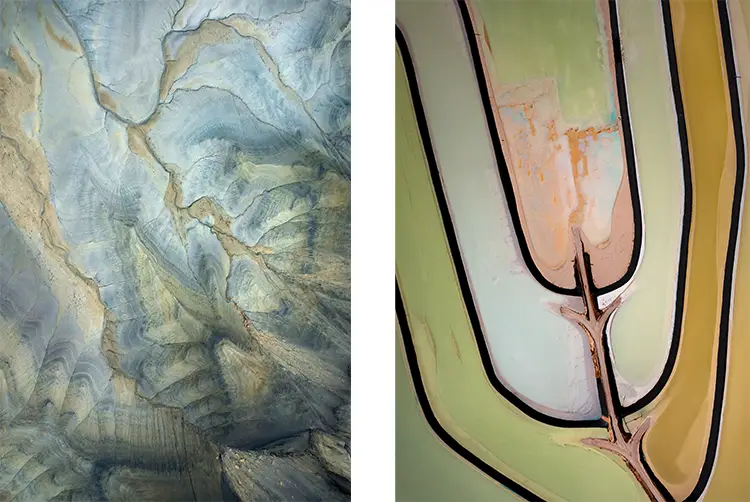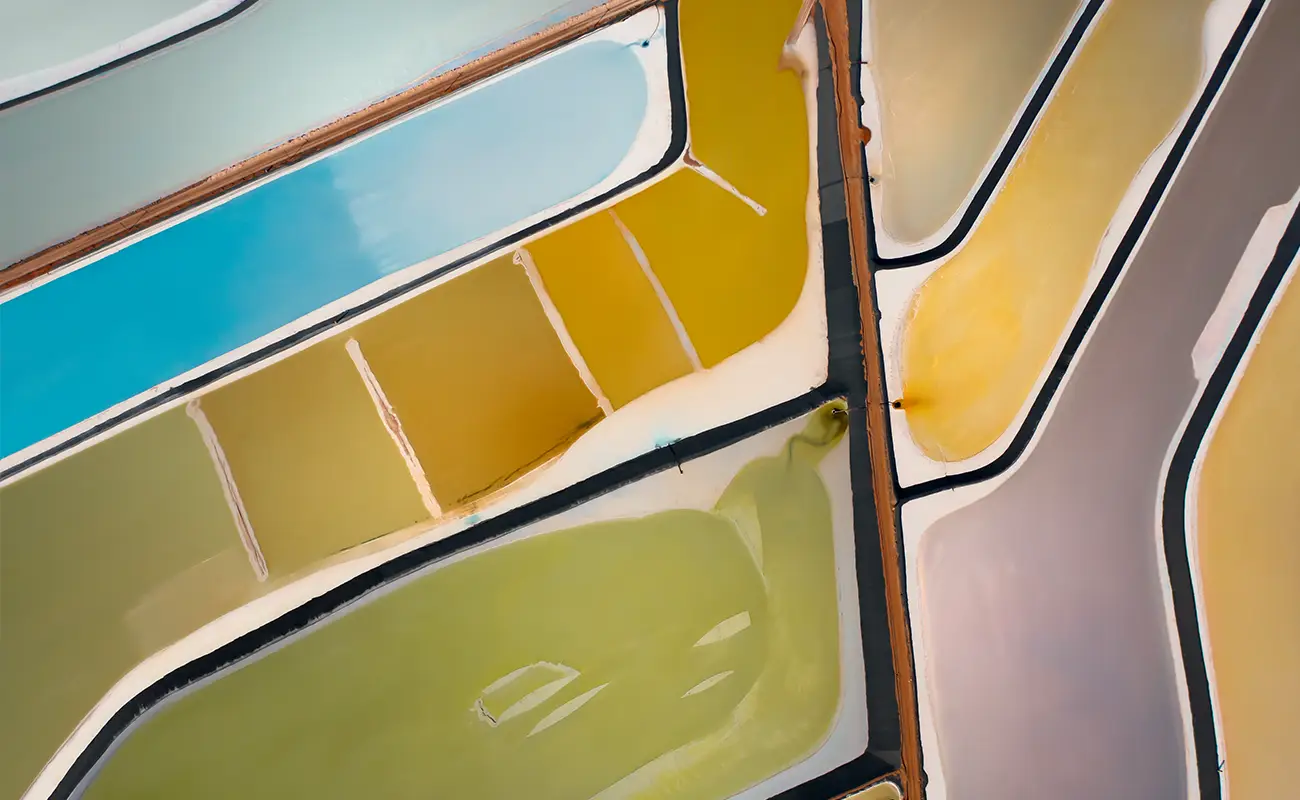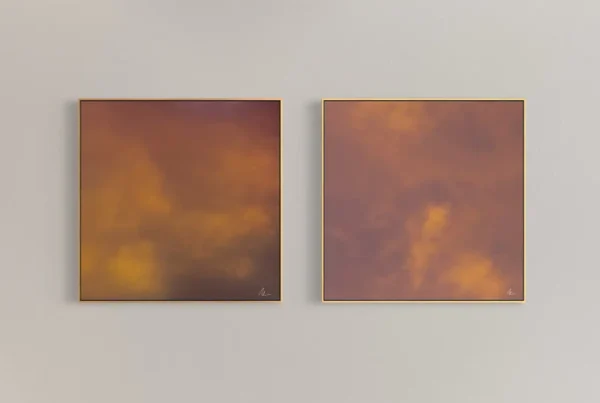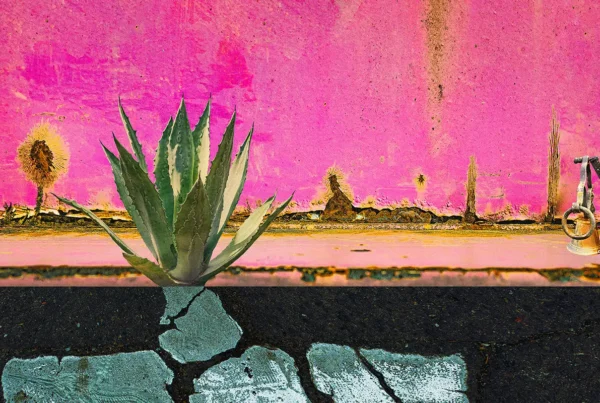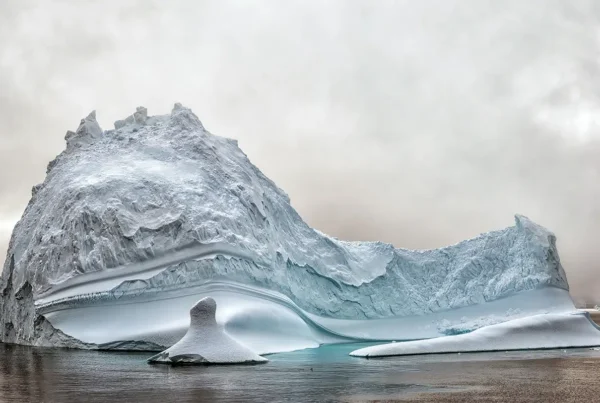“I always look for images that can be best expressed with clear lines, bold colors, strong forms and rich textures.”
The Memory of Stillness: A Childhood Framed in Contrast
Growing up in southern Poland during the last decade of the Cold War, Paweł Pilch came of age in a world defined by muted tones and quiet tension. The Iron Curtain was more than a political reality; it was a visual one. The rigidity of state aesthetics created a landscape of restrained hues, where architectural forms were often stripped of their vibrancy. In this subdued environment, the visual language of his surroundings seemed restrained and static—almost as if in hiding. Yet amidst this stifled atmosphere, one particular medium broke through the monotony: the bold, defiant voice of the Polish School of Poster Art. These commissioned graphics operated on multiple levels—delivering government messages with precision while simultaneously injecting surreal, symbol-laden visuals into the public space. Pilch found in these posters a striking divergence from the everyday—a kind of visual dissonance that demanded interpretation and lit a creative spark he never outgrew.
This early exposure to visual duality—state-sanctioned clarity clashing with artistic ambiguity—became a foundation for Pilch’s own approach to image-making. He describes being captivated by the striking works of artists like Ryszard Kaja, whose posters promoted the rediscovery of Poland at a time when internal and external perspectives of the country were rapidly shifting. Kaja’s ability to make the mundane magnetic left a lasting imprint, as did the pioneering designs of Lech Majewski, Mieczysław Wasilewski, Maciej Hibner, and Wiesław Wałkuski. These creatives wielded poster design as both announcement and artifact, challenging traditional boundaries of art and utility. Their influence permeated Pilch’s later pursuit of bold compositions and layered narratives in his photography.
Over time, his visual interests expanded beyond the graphic traditions of his homeland. Art Deco’s ornate geometries, Cubism’s fractured perspectives, and the emotive currents of abstraction all found their way into his aesthetic vocabulary. However, it was photography that ultimately gave him his voice. Studying in Cracow, New York’s Hunter College, and the International Center of Photography in Manhattan, Pilch developed both technical fluency and a refined eye. Inspired by the monumental clarity of Ansel Adams and the psychological depth of Richard Avedon, he began his practice in architectural and landscape photography—using his lens to fuse structure and story, echoing the dichotomies of his youth.
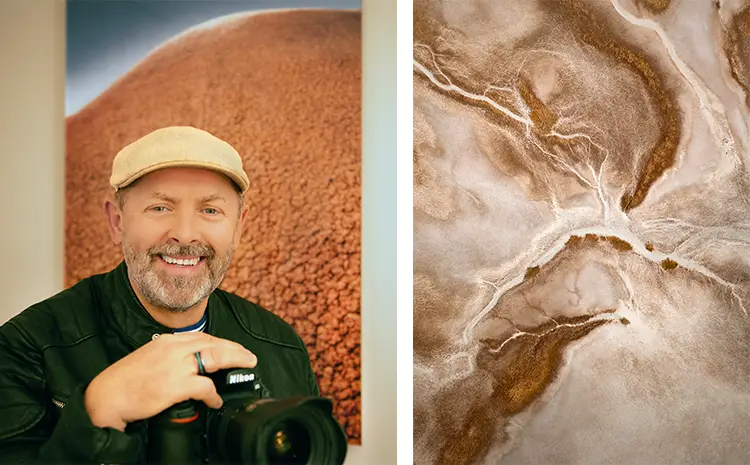
Paweł Pilch: Landscapes from Above, Stories Beneath
Pilch’s photographic language took an elevated turn following a transformative 2017 visit to the American West. A helicopter flight over Yellowstone National Park exposed him to an entirely new way of seeing: the aerial perspective. The experience became a catalyst for his award-winning series Uplifted, a body of work that earned first place in the International Photographer of the Year competition in the Nature/Landscape category. These images, later featured in National Geographic Magazine, marked the start of his evolution into a leading voice in drone and aerial photography. What began as a simple exploration of topography quickly developed into a deeper inquiry into color, form, and the abstract geometries of earth seen from above.
His process—both technical and intuitive—begins long before the shutter clicks. When preparing for an aerial shoot, Pilch meticulously investigates each site using tools like Google Earth and satellite imagery. The planning includes securing launch sites, acquiring permits, and understanding the geography from multiple vantage points. But for Pilch, half the work lives in the edit. Back in his New York studio, the transformation continues as he sifts through images while listening to carefully chosen music, creating a meditative environment that mirrors the emotional tenor of his subject matter. Editing becomes more than a technical necessity—it is a continuation of the photographic moment, one where intuition and memory intertwine.
Despite his fascination with the skies, Pilch’s images remain grounded in cultural context. His series Shapeshifter, centered on Spanish Colonial churches in Native American Pueblos, explores how architecture can embody overlapping histories. Constructed with adobe walls several feet thick, these churches served not only spiritual functions but also as symbols of dominance and resilience. Pilch’s lens captures their hybrid identity—a synthesis of Indigenous, Spanish, and environmental influences. Through texture, shadow, and curvature, he investigates how built forms preserve the complex legacies of the American Southwest. Here, the architectural becomes anthropological, each image a quiet dialogue between time, territory, and transformation.
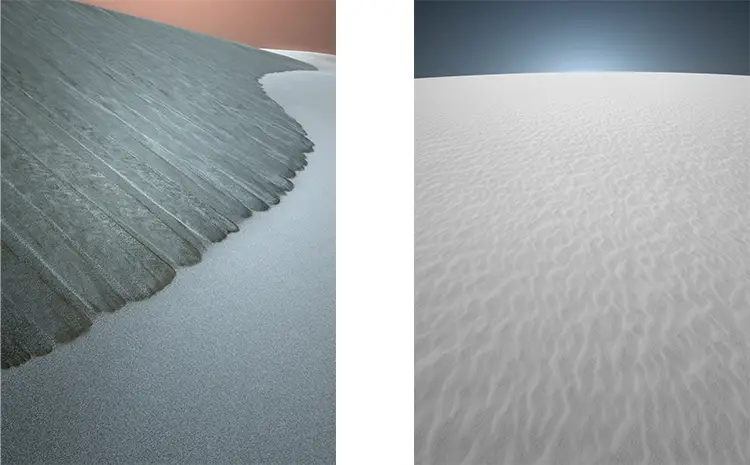
Contours of the Plateau: Where Geography Becomes Geometry
Among Pilch’s most enduring fascinations is the Colorado Plateau, a vast high desert region spanning across Utah, Arizona, New Mexico, and Colorado. With its hypnotic geological forms and haunting expanses, the plateau offers an endless variety of visual material—from the rust-colored slot canyons of Navajo Land to the luminescent dunes of White Sands. Pilch has returned to this rugged terrain repeatedly, compelled by its dynamic interplay between light, texture, and space. His photographic exploration of the area is more than scenic documentation—it’s a study in abstraction, revealing natural formations as compositions of shape and rhythm that often resemble painted canvases more than landscapes.
In his aerial series focusing on solar evaporation and mineral extraction fields in Utah, Pilch finds visual poetry in the most industrial of processes. These fields, where mineral-rich brine is spread in shallow basins and left to evaporate under the sun, produce salt, sulfate of potash, and magnesium chloride. Over years, the chemical transformations create intensely colored, geometric fields that look like oversized stained-glass windows pressed into the desert floor. Through his lens, the mechanical becomes metaphysical. These images do not simply record an environmental phenomenon—they elevate it into a meditation on how human industry can unintentionally mirror the spontaneity of nature’s design.
Elsewhere on the plateau, Pilch captures the ever-changing conditions of geological features that have stood for millennia. He is drawn to the nuanced chromatic shifts in Coral Pink Sand Dunes, the austere elegance of the Upper Blue Hills, and the ephemeral ecologies of the Great Salt Lake. This ongoing engagement with the American West demonstrates his unique ability to balance wonder with clarity. Whether photographing from 1,800 feet above the desert floor or standing at the entrance to a shadowed canyon, Pilch remains attuned to the dialogue between scale and intimacy. His compositions are not merely technical triumphs—they are visual essays on presence, perception, and impermanence.
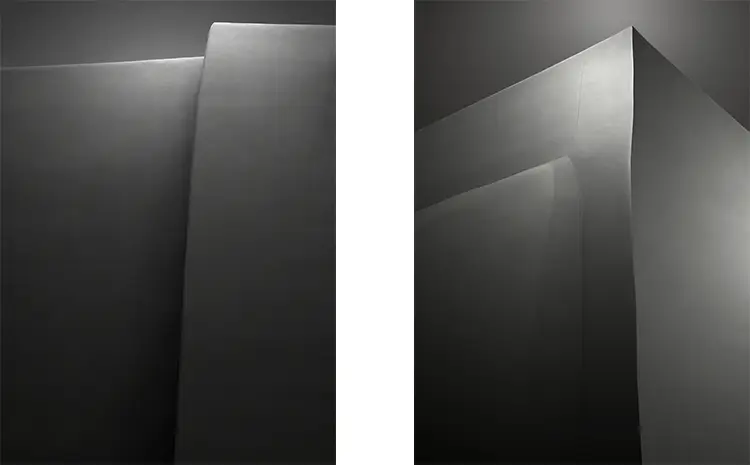
Paweł Pilch: Lines of Sight, Layers of Meaning
Pilch’s latest series continue to probe the intersections of structure, culture, and personal memory. True Confessions, a developing architectural project, investigates the Gothic Wooden Churches of Southern Poland. These centuries-old structures—weathered, intricate, and rooted deeply in local communities—offer Pilch a return to the landscapes of his upbringing. Through them, he examines how architecture becomes a vessel for shared belief and individual identity, mirroring the layered visual cues that first shaped his creative instincts. Each church he photographs is more than a building—it is a chronicle of resilience, craftsmanship, and unspoken histories.
In Once Upon a Sand, a series composed in Colorado’s Great Sand Dunes National Park, Pilch finds yet another avenue to explore form through natural architecture. Here, sweeping dunes and shadowed crests create a visual language as dynamic as any city skyline. The collection engages with notions of temporality, as wind and weather continually reshape the landscape. These ever-morphing compositions evoke the fluidity of memory and vision, themes that resonate across his body of work. From Poland’s wooden sanctuaries to New Mexico’s adobe missions, Pilch continues to trace how time and terrain shape our perception of place.
Later this year, his work will be exhibited at the Florence Biennale of Contemporary Art & Design. Under the thematic banner The Sublime Essence of Light and Darkness, Pilch will showcase six photographs taken in New Mexico, including selections from both Shapeshifter and Gypsum Uncertainty—a study of how natural forces and cultural expression intertwine in architectural form. With over 40 international honors, including recognition from the Spider Awards, Chromatic Awards, and the Vienna International Photo Awards, his standing in the contemporary photography landscape continues to rise. Whether lecturing on technical challenges at photography clubs or appearing in publications such as AAP Magazine, Pilch brings the same sense of curiosity and depth to every creative endeavor. For him, the camera remains not just a tool of documentation, but a bridge between vision and understanding.
